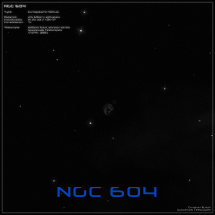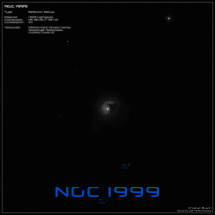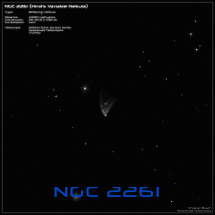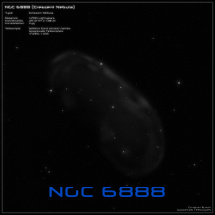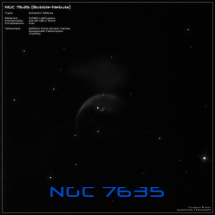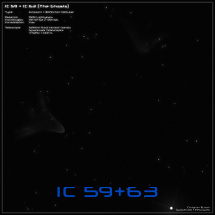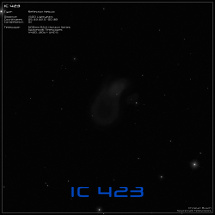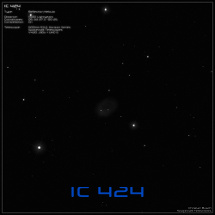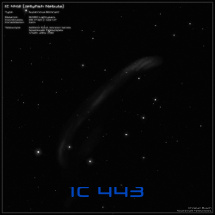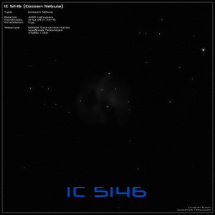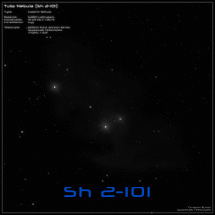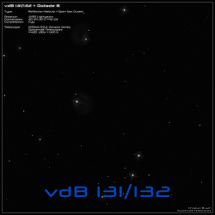
Glowing gas masses are found in many places in the spiral arms of our galaxy. They can be roughly divided into three categories:
1) Emission nebulae consist of 90% hydrogen and 10% other elements such as helium or oxygen. These nebulae emit light, which means they
glow by themselves. They are stimulated by high energy photons from nearby stars of spectral classes O, B and A. Only such stars are hot enough
to ionize the gas masses. The spectrum of the nebulae is often not continuous, but also contains the emission lines of certain elements. For example,
at a wavelength of 656nm (deep red), the line of hydrogen can be seen, a gas that gives many emission nebulae their typical red color.
2) Reflection nebulae, on the other hand, do not glow by themselves, but reflect or scatter light from a nearby star. This is because the star is not
hot enough to ionize the gas. The spectrum of the nebula therefore corresponds to that of the star. On color photographs reflection nebulae often
appear blue, which is due to the fact that blue light can be scattered more easily. In the nebula there are many carbon compounds (diamond dust)
as well as iron and nickel.
3) Supernova remnants (SNR) strictly speaking also belong to the group of emission nebulae, although the formation mechanism is different. The
shock wave of a supernova races outward at speeds of up to 10,000 kilometers per second, heating the interstellar medium to 10-100 million
degrees, which then becomes ionized and begins to glow. After 200 years, the bubble has reached a diameter of 10 light-years, and after another
10,000 years, the SNR increasingly fades as the radiation phase ends. So the observable SNR are all quite young.


